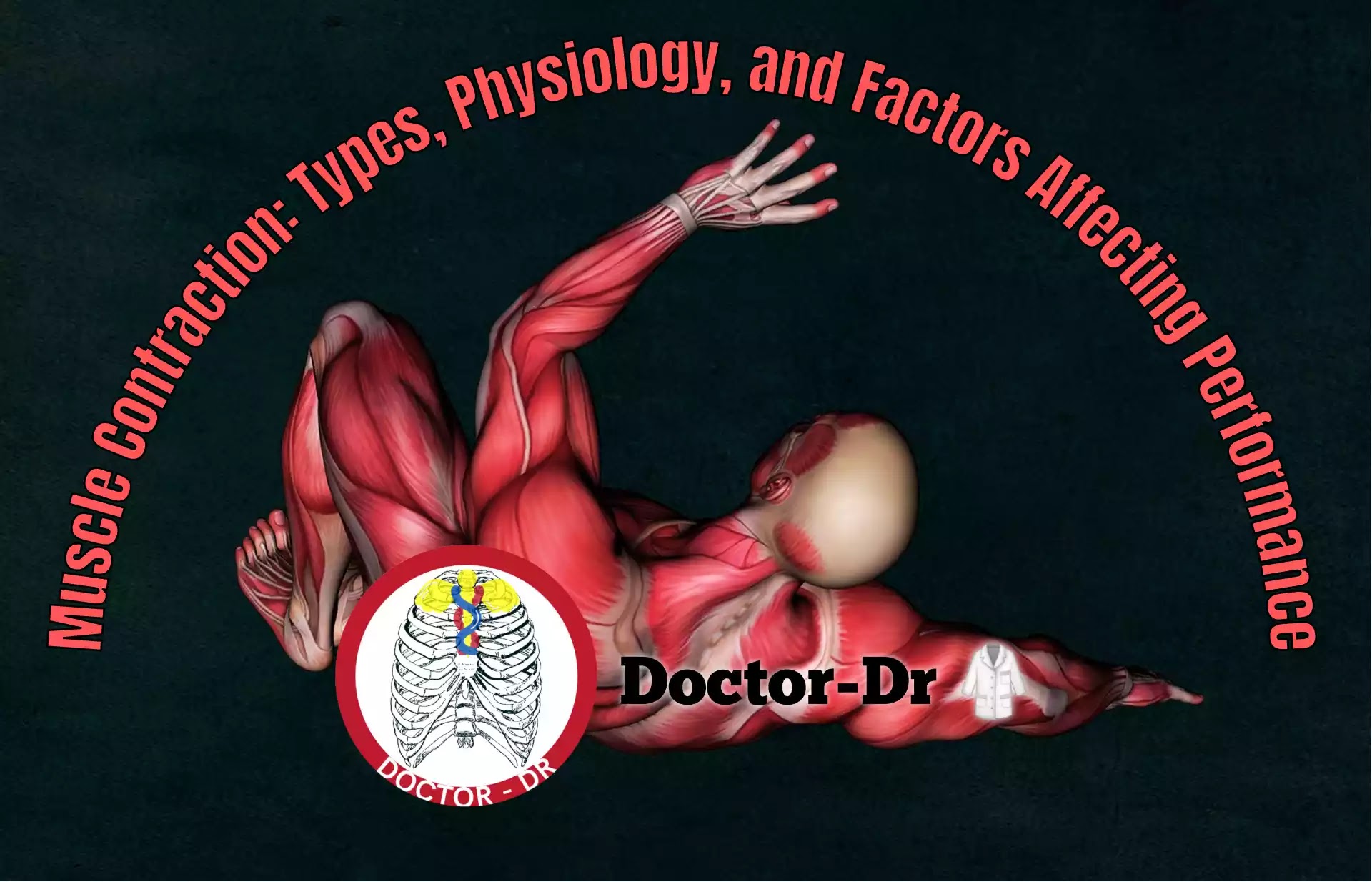A muscle fibre shortens, pulls on a bone, and produces tension during muscular contraction, which is a physiological process that results in movement. It is an intricate and tightly controlled process in which a variety of cellular elements and metabolic pathways interact. In this article, we'll look at the many kinds of muscular contractions, their physiology, and the factors that influence them.
Types of Muscle Contractions
Three general categories may be used to classify muscle contractions:
- Concentric Contraction: Muscle fibres shrink in this sort of contraction, which causes the muscle to pull on a bone and cause movement. For instance, your bicep muscles contract concentrically to lift the weight when you do a bicep curl.
- Eccentric Contraction: The muscle resists the pull of gravity or an external load during this sort of contraction, in which the muscle fibres stretch while still creating tension. When doing a bicep curl, for instance, your bicep muscles flex eccentrically to regulate the weight's fall.
- Isometric Contraction: Although there is no change in muscle length or movement during this sort of contraction, the muscle fibres create tension. An illustration of an isometric contraction would be holding a weight in place.
Physiology of Muscle Contraction
An electrical signal known as an action potential that passes down the nerve fibres innervating the muscle causes the muscle to contract. Acetylcholine is a neurotransmitter that is released when an action potential reaches the end of a nerve fibre. It attaches to receptors on the membrane of a muscle fibre to depolarize it.
The muscle fiber's specific membrane-bound organelle, the sarcoplasmic reticulum, releases calcium ions in response to depolarization. The inhibitory protein tropomyosin is pushed aside by calcium ions binding to the regulatory protein troponin, allowing the myosin heads on the thick filaments to attach to the actin filaments.
Upon their attachment, the myosin heads undergo a conformational shift that causes them to pull the actin filaments into the centre of the sarcomere, the fundamental building block of muscle contraction. The sarcomere shortens and tension is created as a result of this process being performed repeatedly.
Factors Affecting Muscle Contraction
Several factors can affect muscle contraction, including:
- Muscle Fiber Type: There are two main types of muscle fibers:
1. slow-twitch (Type I),
2. fast-twitch (Type II).
Fast-twitch fibres produce greater force and are utilised for explosive sports like sprinting, whereas slow-twitch fibres are better at resisting exhaustion and are used for endurance exercises like distance running.
- Muscle Length: The length of a muscle at the start of a contraction can affect its ability to generate tension. For example, a muscle that is stretched too far or shortened too much may not be able to generate as much force.
- Load: The amount of weight or resistance that a muscle has to overcome can affect its ability to generate tension. A heavier load requires more force to be generated, which can lead to fatigue.
- Speed of Contraction: The speed at which a muscle contracts can affect its ability to generate tension. A slower contraction may allow for greater force to be generated, while a faster contraction may allow for greater power output.
- Fatigue: Prolonged or intense contractions can lead to fatigue, which can reduce the ability of the muscle to generate force.
Conclusion
Muscle contraction is a complex and highly regulated process that involves the interaction of numerous cellular components and biochemical pathways. The three main types of muscle contractions are concentric, eccentric, and isometric. Concentric contractions involve the shortening of muscle fibers, eccentric contractions involve the lengthening of muscle fibers, while isometric contractions involve generating tension without any change in muscle length.
The physiology of muscle contraction involves an electrical signal that triggers the release of calcium ions, which activate the myosin heads on the thick filaments to bind to the actin filaments, leading to the shortening of the sarcomere and the generation of tension.
Several factors can affect muscle contraction, including muscle fiber type, muscle length, load, speed of contraction, and fatigue. Understanding these factors is crucial for athletes, physical therapists, and fitness enthusiasts to optimize their training and rehabilitation programs.
In summary, muscle contraction is a fundamental process that underlies movement and physical activity. By understanding the physiology of muscle contraction and the factors that affect it, we can improve our performance and maintain a healthy, active lifestyle.



~1.webp)

.webp)
.webp)
